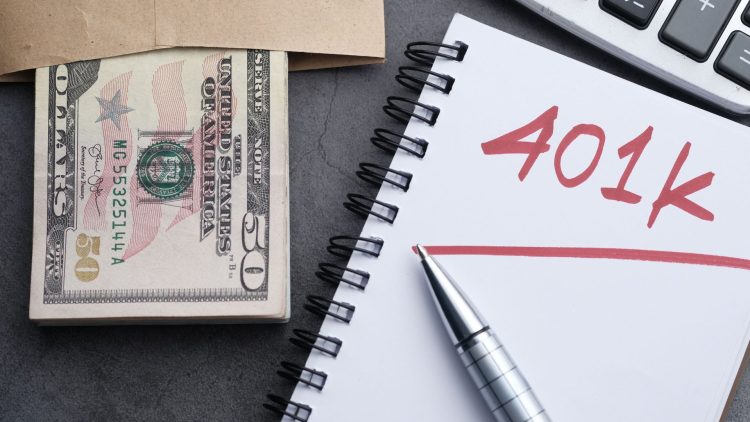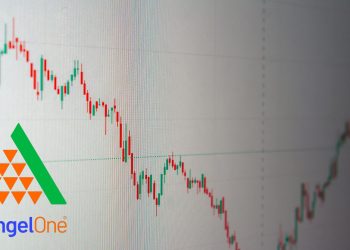What’s Changing?
- In early August 2025, President Trump signed an executive order. It allows private equity, real estate, credit, and even crypto into 401(k) retirement plans. These are often called “alternative assets.”
- The Department of Labor (DOL) and the SEC now have 180 days to set rules. The goal is to make inclusion of these complex assets clearer and legally safer for plan sponsors.
Why Some Say It’s a Benefit
- Big firms like BlackRock, KKR, Carlyle, Apollo now see a chance to access a $12 trillion retirement pool.
- BlackRock claims a target-date fund with private assets could raise long-term retirement savings by about 15% over 40 years.
- Kiplinger estimates up to 15% higher returns over a 40-year span.
- A $35 billion boost to the U.S. economy may result from adding private equity to retirement plans.
- Private credit may yield around 10%, compared to a typical 5-8% yield in average 401(k) investments.
Why Others Are Concerned
- Private assets are risky. They are illiquid, hard to value, and lack transparency.
- Fees are much higher. Many PE funds charge 2% management fee plus 20% of gains (“2 and 20”). Meanwhile, traditional funds average only about 0.26% in fees.
- Critics worry average savers lack knowledge to assess these investments. This could harm those nearing retirement.
- Oversight bodies such as the SEC Office of the Investor Advocate are reviewing the risks posed by private equity in retirement plans.
Who’s Already Moving Forward?
- BlackRock is launching a target-date fund that includes 5-20% private assets depending on investor age. This fund is expected by mid‑2026.
- Great Gray Trust Co. is working with BlackRock to offer this fund structure.
- Other big firms like State Street and Empower are also developing similar options.
Simple Summary Table
| Pros (Boon) | Cons (Bane) |
|---|---|
| Could add ~15% more to savings over time | High fees (“2 and 20”) vs. ~0.26% for usual funds |
| Better diversification and higher yields | Illiquid assets-hard to sell when needed |
| Expands access for regular savers | Complex, hard to understand for average investors |
| Injects trillions into the economy | Risk of lawsuits and fiduciary challenges |
Final Thought
This move may give savers more variety and growth potential in their retirement funds. But it also brings higher cost, higher risk, and more complexity. It is critical that individuals – and their employers – learn before diving in.













